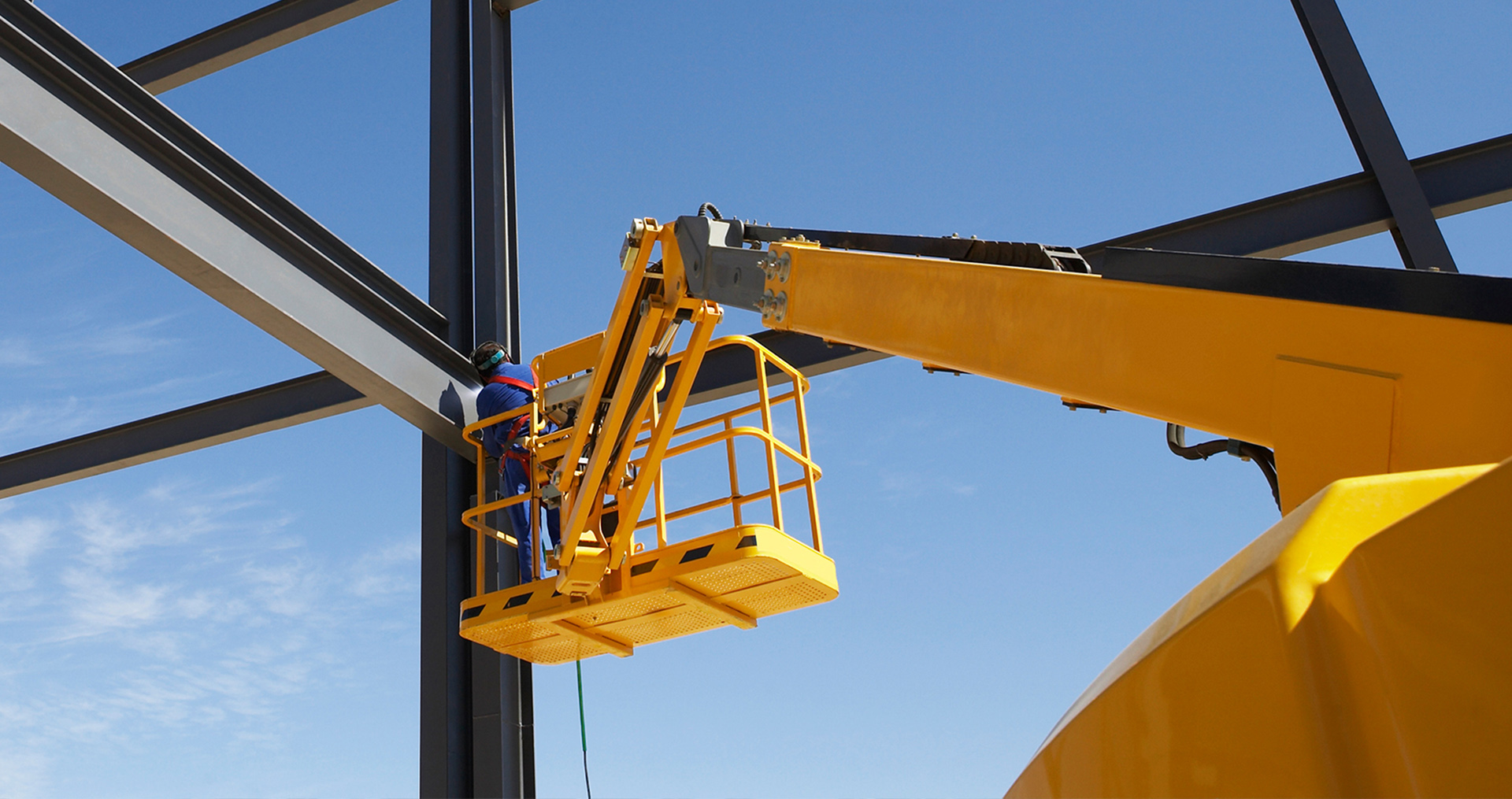Overview
An incentive is available for systems that incorporate energy-saving strategies based on the amount of cooling tons controlled. For projects that will be done in phases, tonnage will be prorated based on the controlled area. The control strategies must meet the following criteria:
- Must be installed on a qualified HVAC type
- At least one strategy from the options below must be implemented per HVAC system type
- Only control strategies not currently installed are eligible
- Control strategies installed on existing qualified HVAC equipment qualify for the retrofit incentive
- Control strategies installed on newly purchased HVAC equipment qualify for the new construction incentive
Strategy 1: Optimum Start and Optimum Stop
Optimum start controls automatically adjust the start time of a space conditioning system to bring the space to desired temperature levels at the beginning of scheduled occupancy each day.
To qualify for this strategy, the fan start time is delayed until the fan run time matches that needed to meet the desired zone temperature. The fan stop time is advanced until the fan run time matches that needed to meet the desired zone temperature.
Strategy 2: Economizer Controls
The economizer control mode is typically enabled or disabled based on outside air-dry-bulb temperature (temperature-based economizer) or outside air enthalpy in comparison with the return air enthalpy.
To qualify for this strategy, economizer controls are enabled when the outside air temperature is below the maximum allowed temperature. The economizer must have differential control and be configured to allow free cooling and economizing at outside air temperatures up to 65°F.
Economizers on new HVAC units are only eligible for incentives where not already required by code. New HVAC systems 5 tons and greater are not eligible for incentive.
Strategy 3: Demand Control Ventilation (DCV)
Many types of high-occupancy spaces, such as classrooms, multipurpose rooms, theaters, conference rooms or lobbies have ventilation designed for a high occupancy that rarely occurs. Ventilation can be reduced when spaces are vacant or lower than peak occupancy. When ventilation is reduced, less outside air is being heated or cooled which results in energy savings. In colder climates, heating for ventilation air is greater and DCV saves the most energy.
To qualify for this strategy, the maximum outside air fraction must be varied based on DCV sensor.
Strategy 4: Supply Air Temperature Reset (SATR)
SATR allows the supply air temperature to rise as much as possible but still satisfy room temperature and relative humidity set points. Many HVAC systems in offices and manufacturing applications supply a constant supply air temperature year-round (typically 55°F) in order to provide comfortable relative humidity in the hot summer months and prevent mold.
To qualify for this strategy, the supply air temperature must be reset based on outside air temperature.
Strategy 5: Chilled Water Reset
Chilled water reset adjusts the chilled water set point to improve the efficiency of the chiller, reducing the energy use of the chiller. Usually, a chilled water reset strategy raises the set point temperature when the building load is at less-than-design conditions.
To qualify for this strategy, the supply chilled water temperature must be allowed to rise during low loads.
Strategy 6: Condenser Water Reset
As the loads vary, the chilled water supply temperatures adjust to satisfy the new operating conditions. Often, water-cooled chilled water plants can decrease the condenser water temperature in times of low cooling load.
To qualify for this strategy, the cooling tower temperature floats with the load and wet-bulb temperature. This strategy is not eligible for new HVAC systems.
Incentives
| Number of Strategies | Retrofit: Existing | Retrofit: New System | New Construction |
|---|---|---|---|
| 1 strategy (available in Idaho only) | $100 per ton | $60 per ton | $60 per ton |
| 2 strategies | $150 per ton | $80 per ton | $80 per ton |
| 3 strategies | $175 per ton | $100 per ton | $100 per ton |
| 4 strategies | $200 per ton | $120 per ton | $120 per ton |
| 5 strategies | $225 per ton | $140 per ton | N/A |
Payback
Simple payback period will vary based on number of strategies and type of HVAC system.
